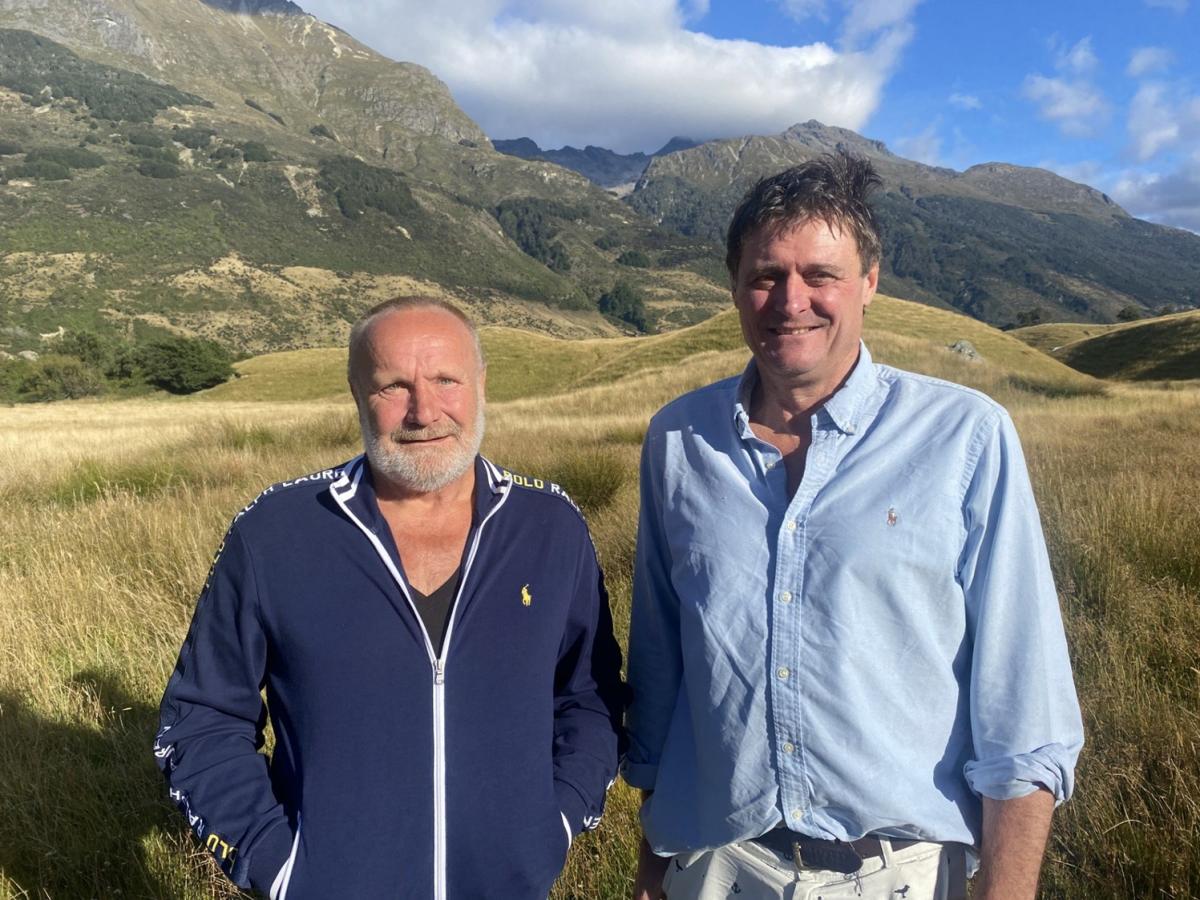Glenorchy has already got a great name for sustainable tourism.
Think the likes of Headwaters Eco Lodge, Kinloch Lodge, The Great Glenorchy Alpine Base Camp and the head of the lake’s recent certification as an International Dark Sky Sanctuary.
That reputation will now be turbocharged with The Future is Wild@The Hillocks opening in about a year’s time, now it has been issued with a resource consent.
Based around a well-known cluster of conical hills, called The Hillocks, it is being entirely driven by the principles of regenerative tourism.
It comprises three elements:
• A 1300m-long loop walk — for groups of up to 15 including a guide — on an elevated wooden trail, between the hillocks, going up to a viewing platform.
• Structures including a visitor centre/check-in point and four “hides” in which visitors, using virtual reality (VR) headsets, will go back in time to view the Ice Age shaping the valley, rockfalls creating the hillocks and the extinct moa roaming the valley.
• Selection from an on-site nursery of a native tree that will be planted on behalf of each visitor, who will then be updated on its progress every six months.
The project — understood to be a world-first linking of an outdoor experience with VR and also augmented reality (AR) — is a collaboration between Dart Valley Station owner Gerhard Sieber and Arrowtown’s Jeremy Railton, who met up about five years ago.
Mr Sieber owns the intellectual property for global TV and publishing franchise The Future is Wild.
It dates back to a 2002 TV series of the same name projecting how the world might look in millions of years’ time.
“I said I always wanted to bring this into a more contemporary context, corresponding with what we have to adapt to as humans facing climate change,” Mr Sieber said.
A priority for the tree-planting plan was teaming up with Queenstown iwi-owned conservation charity Te Tapu o Tāne.
Many visitors felt guilty about flying long-haul to get there and asked how they could compensate for emitting so much carbon, German-born Mr Sieber said.
“But then you come here and actually leave a tree, and you have some ownership of it.”
He thought once they were updated, they might want to buy another tree or two, he said. From the $150 ticket price, $25 pays for their tree.
He estimated 115,000 trees a year would be planted on the flat, beside the Dart River bed and around wetlands, which they would enlarge. The trees would also encourage a native bird corridor between the Greenstone and Mt Alfred.
Another sustainable aspect was they would not lay on transport from Queenstown.
“Our maximum capacity equals the amount of people who are coming up here in organised tours already.”
The experience — lasting a minimum 75 minutes — could be an add-on, therefore, for visitors doing jetboat trips or horse trekking.
Mr Railton said he hoped it would also encourage more overnight stays in Glenorchy, including by school and university groups.
“There’s no reason why Glenorchy can’t be the global leader for good environmental practices and learning.”
Developing the physical component of the attraction was the minor part, he said.
“The larger part is content and technology development.”
The pair are working with Dunedin’s Burning Fish Productions along with their specialists around the world.
“The [VR] production will be the highest quality possible”, Mr Sieber said, instancing their use of the highest-resolution display possible, 8k.
“We want to change at least one experience every year — if we have a hurricane, we can actually say, ‘OK, next year’s season we will have a hurricane’.”
And for people who did not travel here, “they can actually have the experience virtually”.
They are hoping local-based film star Sir Sam Neill can provide the narration.
“If you want to get the VR experience from the hides we have here, then that would be an in-app purchase,” Mr Sieber said.
“The virtual tourism market globally is about $US6 billion [$NZ10.5b], growing at 25% per year,” Mr Railton said.
“We can actually have the ultimate sustainable tourism,” Mr Sieber said.














